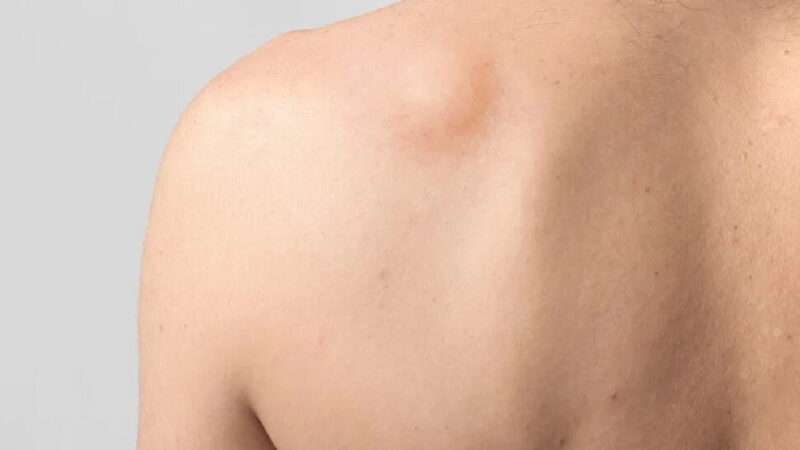Choosing Your Path: Invasive vs. Non-Invasive Hair Transplants

Hair loss can be a distressing experience, affecting not just your appearance but also your self-esteem. Thankfully, advancements in medical science have introduced various hair restoration methods, with hair transplants leading the forefront. But did you know there are both invasive and non-invasive options available? Let’s dive into understanding these procedures, their costs, and recovery times to help you make an informed decision.
A hair transplant is a medical procedure to restore hair growth in areas affected by balding or thinning. Whether considering a more traditional, invasive method or a cutting-edge, non-invasive approach, choosing the method that aligns with your needs, expectations, and lifestyle is crucial.
Invasive Hair Transplant Procedures
Follicular Unit Transplantation (FUT)
Follicular Unit Transplantation, also known as the strip method, involves removing a strip of skin from the back of the scalp where hair is more resistant to balding. The strip is then dissected into individual follicular units under a microscope before being transplanted into the balding areas. This method can leave a linear scar but allows transplanting many grafts in a single session.
Follicular Unit Extraction (FUE)
FUE is a more recent technique that involves the individual extraction of follicular units directly from the scalp without removing a strip of skin. Using precise micro-surgical tools, each hair follicle is removed with surrounding tissue and reimplanted into the balding area. This method reduces the visibility of scarring and is preferred by those who wear their hair short or wish to avoid a linear scar.
The Procedure: Step by Step
- Pre-procedure Consultation: A detailed discussion with the surgeon to understand the patient’s goals, evaluate the donor and recipient areas, and plan the procedure.
- The Surgery Day: Depending on the extent of transplantation, the procedure can take 4 to 8 hours. Local anesthesia is used to minimize discomfort.
- Post-surgery Care: Instructions are provided for caring for the transplanted area, including medications for pain and inflammation and guidelines for washing and protecting the scalp.
Non-invasive Hair Transplant Procedures
Scalp Micropigmentation (SMP)
Scalp Micropigmentation is a non-surgical technique that uses micro-needles to deposit pigment into the scalp. It creates the appearance of tiny hair follicles to add density to thinning areas or create a shaved look on completely bald areas. SMP requires no downtime, making it an attractive option for those seeking an immediate solution without the risks associated with surgery.
Hair Cloning (Future Perspective)
Hair cloning is an experimental technique that involves harvesting hair follicles, multiplying them in a lab, and reimplanting them into the balding areas. While still in the research phase, it promises a potentially unlimited supply of hair for transplantation, posing a future non-invasive solution for hair loss.
Comparing Costs
Factors Influencing the Cost
- The extent of Hair Loss: Larger areas requiring more grafts will increase the overall cost of hair transplant in Turkey.
- Geographic Location: Costs can vary significantly depending on the country and city where the procedure is performed.
- Experience of the Practitioner: Highly experienced and reputable surgeons may charge more.
Cost Comparison: Invasive vs. Non-invasive
In general, invasive procedures like FUT and FUE tend to be more expensive due to the complexity of the surgery, the time involved, and the need for a skilled surgical team. FUE, being more labor-intensive, often costs more than FUT. On the other hand, non-invasive options like SMP are typically less expensive upfront but may require maintenance sessions, which can add to the long-term cost.
While the initial investment in an invasive procedure might be higher, it’s crucial to consider the longevity and permanence of the results compared to non-invasive methods, which might offer a more affordable entry point but could lead to ongoing costs. Ultimately, the choice between invasive and non-invasive hair transplant procedures should be based on a thorough understanding of the long-term value, effectiveness, and personal lifestyle needs.
What To Expect After Procedure
Recovery times differ significantly between invasive and non-invasive procedures. Invasive methods may require weeks for full recovery, with specific aftercare instructions to ensure optimal results. Non-invasive treatments, however, usually have minimal downtime, allowing patients to return to daily activities sooner.
Every medical procedure comes with potential risks and side effects. Invasive hair transplants may present surgical risks such as infections or scarring, while non-invasive methods have their considerations, including the need for touch-ups over time. It’s essential to weigh these factors carefully and consult a professional to choose the best path forward.
Choosing between invasive and non-invasive hair transplant methods is a significant decision. By considering the costs, procedures, recovery times, and potential risks, you can make an informed choice that best suits your needs and lifestyle. Remember, consulting with a hair restoration specialist is the first step towards reclaiming your hair and confidence.
This comprehensive exploration of hair transplant options underscores the importance of personal research and professional guidance in navigating the path to hair restoration. Whether you lean towards an invasive procedure for its lasting results or prefer the minimal downtime of non-invasive methods, the right choice is out there, waiting to help you look and feel your best.
Exploring your options for hair restoration through stem cell therapy is a significant step towards regaining your hair and your confidence and sense of self. With the wealth of information and options available, making the right choice can seem overwhelming. That’s where Flymedi comes in. Flymedi is your go-to marketplace to compare, review, and connect with top clinics specializing in cutting-edge treatments.






